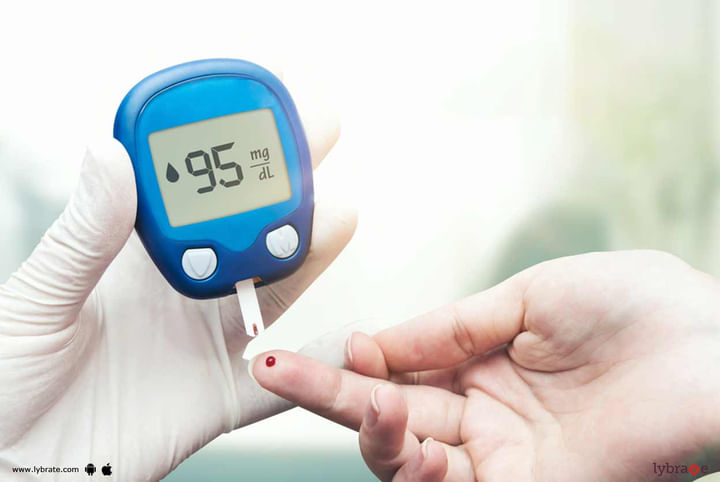Diabetes - How To Administer It In Kids?
When children suffer from Type 1 diabetes, it means that their pancreas does not produce enough insulin. To stay alive, these children should depend on the external supply of insulin. These children suffering from diabetes go through a devastating experience and in fact, this is a trauma for the caregivers too. There are lots of dietary and lifestyle changes that need to be followed. When children experience symptoms such as extreme thirst, weight loss, fatigue, blurred vision, irritability, and fungal infections, immediately taking them to the doctor is important. These symptoms may indicate type 1 diabetes. To diagnose diabetes, a range of tests are available. When children are affected by diabetes, continuous monitoring is required.
Tests: The doctor recommends various tests at frequent intervals to check if the different organs function properly. Diabetes in children can damage vital organs, and the tests conducted by the doctors indicate the rate or extent of damage if present. Cholesterol, liver function, growth, regular eye tests, blood pressure, kidney test, and thyroid tests are the common tests that are frequently done.
Insulin: External supply of insulin is something that keeps these children going. Many types of insulin are available. The insulin is prescribed based on the onset of the disease and the duration of the action. The dosage, combination, and type of insulin are recommended by the doctor. When Type 1 diabetes is not treated, there are lots of long-term complications like nerve damage, kidney damage, eye damage, heart and blood vessel disease, and skin infections that keep coming.
Cause: The cause of diabetes in children is not known. In a few people, type 1 diabetes is because of the immune system. The immune system considers the insulin-producing cells as foreign bodies and destroys it. The result is that the body does not get enough insulin, and the glucose levels are higher in the bloodstream. This leads to life-threatening complications.
Risk factor: There are multiple risk factors for diabetes in children. If any of the parents or siblings suffer from type 1 diabetes, the risk among the child is higher. Increased risk for diabetes in children is also seen when there is genetic susceptibility. This disease is also common in the non-Hispanic children in the US. Exposure to certain viruses results in an autoimmune disease that leads to pediatric diabetes. Early intake of cow’s milk is linked to childhood diabetes.
Unfortunately, there is no cure for childhood diabetes. The children are tested for antibodies. The presence of these, however, does not confirm the presence of childhood diabetes. There is no way to prevent the antibodies present in the body. It is essential to make the child feel comfortable. The caregivers should boost their morale, and help them stick to the diet chart and activity regime. Their needs can be specific and complicated. It is mandatory to stick to the appointment schedule. The children cannot afford to miss the appointments. Insulin therapy happens all through the life of these children. Options to take insulin are convenient these days with the insulin pen and insulin pumps. In teenage girls and girls who are hitting puberty, hormones may demand changes in insulin requirements. Consult a doctor and get to know what to expect at specific instances.



+1.svg)
